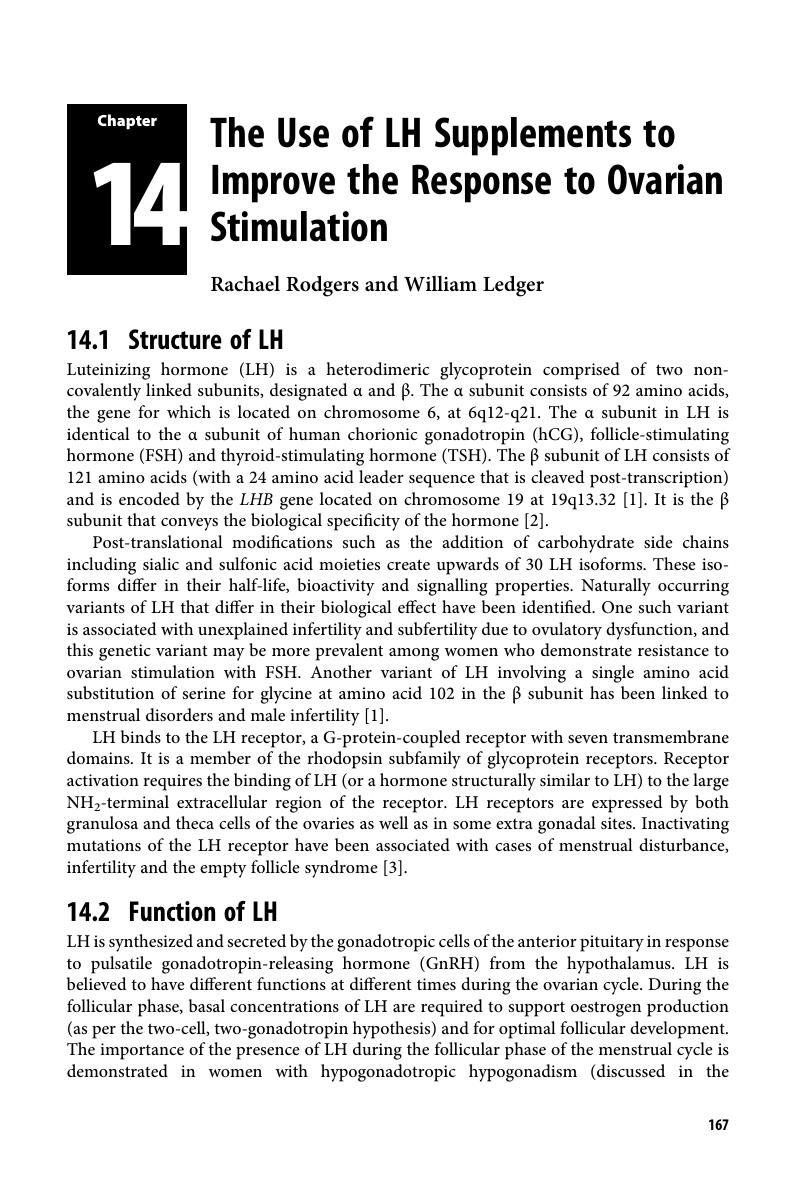Book contents
- How to Prepare the Egg and Embryo to Maximize IVF Success
- How to Prepare the Egg and Embryo to Maximize IVF Success
- Copyright page
- Contents
- Contributors
- Section 1 Oocyte Recruitment
- Section 2 Stimulation for IVF
- Section 3 Supplements to Improve Oocytes
- Chapter 11 The Use of DHEA to Improve Oocyte Quality
- Chapter 12 Implications of Polycystic Ovary Syndrome on Oocyte Quality
- Chapter 13 The Use of Melatonin to Improve Oocyte Development
- Chapter 14 The Use of LH Supplements to Improve the Response to Ovarian Stimulation
- Chapter 15 Growth Hormone as an Adjunct to Controlled Ovarian Hyperstimulation for IVF
- Chapter 16 Mitochondrial Transfer Technology for Improving Older Eggs
- Section 4 Oocyte and Embryo Culture
- Section 5 Embryo Selection and Transfer
- Index
- References
Chapter 14 - The Use of LH Supplements to Improve the Response to Ovarian Stimulation
from Section 3 - Supplements to Improve Oocytes
Published online by Cambridge University Press: 04 January 2019
- How to Prepare the Egg and Embryo to Maximize IVF Success
- How to Prepare the Egg and Embryo to Maximize IVF Success
- Copyright page
- Contents
- Contributors
- Section 1 Oocyte Recruitment
- Section 2 Stimulation for IVF
- Section 3 Supplements to Improve Oocytes
- Chapter 11 The Use of DHEA to Improve Oocyte Quality
- Chapter 12 Implications of Polycystic Ovary Syndrome on Oocyte Quality
- Chapter 13 The Use of Melatonin to Improve Oocyte Development
- Chapter 14 The Use of LH Supplements to Improve the Response to Ovarian Stimulation
- Chapter 15 Growth Hormone as an Adjunct to Controlled Ovarian Hyperstimulation for IVF
- Chapter 16 Mitochondrial Transfer Technology for Improving Older Eggs
- Section 4 Oocyte and Embryo Culture
- Section 5 Embryo Selection and Transfer
- Index
- References
Summary

- Type
- Chapter
- Information
- How to Prepare the Egg and Embryo to Maximize IVF Success , pp. 167 - 181Publisher: Cambridge University PressPrint publication year: 2019

